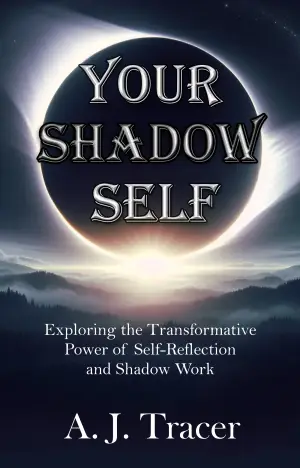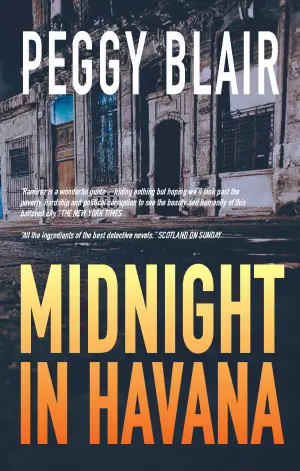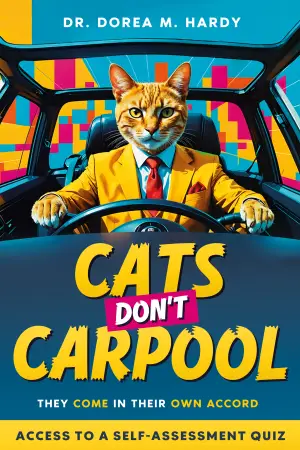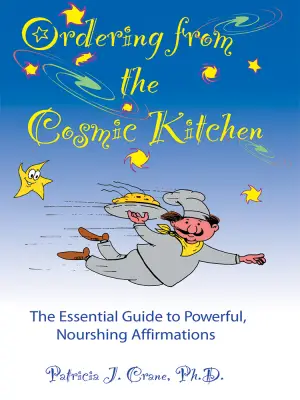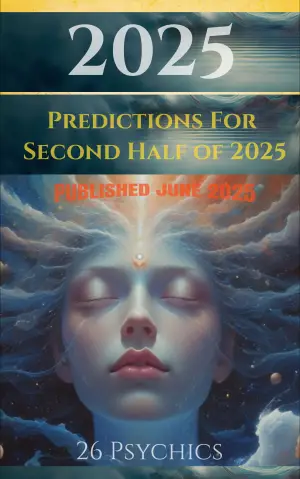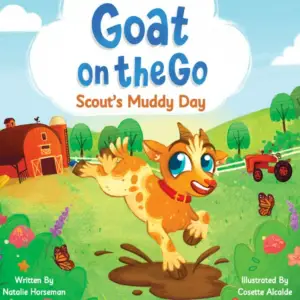Diving Deep into the Neon Salvation: A Journey through Snow Crash
I can still recall the moment I first stumbled upon Neal Stephenson’s Snow Crash. The title alone seemed to promise a wild ride through a technicolor dystopia, and I wasn’t disappointed. Stephenson is renowned for his intricate world-building and clever insights, but Snow Crash takes that to a whole new level, combining cyberpunk aesthetics with a biting critique of modern society. It’s a ride that grapples with heavy themes while keeping the tone electric and often hysterically funny—an unexpected combination that drew me in from the first page.
What makes this book a staple in sci-fi? At its core, Snow Crash is a commentary on the anarchic chaos of a world increasingly dominated by corporate greed, organized crime, and, of course, an enticing yet terrifying virtual reality. We follow Hiro Protagonist (seriously, that’s his name), a hacker and pizza delivery driver who navigates both a bleak physical landscape and an expansive digital one where memes and ideologies become parasitic viruses. It’s a vivid, action-packed adventure interspersed with cerebral musings that will make you laugh and think in equal measure.
Stephenson’s writing style shines through his playful, rapid-fire prose. It’s a delicious blend of humor and seriousness, often striking that perfect balance between engaging action scenes and fascinating philosophical discussions. The pacing is highly dynamic; one moment you’re hurtling through a thrilling chase, and the next, you’re invited to reflect on the nature of language and the power of ideas. I found myself mesmerized by the clever linguistic theories he weaves throughout the narrative—it’s like a crash course on how culture and technology intersect, all wrapped up in mind-boggling set pieces.
One of the standout elements, for me, was the book’s humor. The dark comedy is as rich and layered as the world Stephenson creates. Hidden Easter eggs throughout had me chuckling—Kool-Aid references and sly takes on consumerism felt like timely nudges at the absurdity of our reality. Reading this, I couldn’t help but think: why hasn’t Stephenson leaned into this humor more in his other works? It’s pure gold.
But let’s not skip over the more serious undertones. The idea of mutating memes and ideologies infecting minds is as thought-provoking as it is alarming. It reminds us that our beliefs can often act like viruses, reshaping our perceptions and actions in ways we might not immediately realize. This complex interplay between ideology and identity is fascinating, especially in today’s world, where misinformation spreads like wildfire.
For those unfamiliar with Stephenson’s oeuvre, a word of caution. If you’re not inclined toward dense, idea-rich narratives, you might find his other works, like Anathem or Cryptonomicon, overwhelming. Snow Crash is different—it’s accessible yet layered, a perfect entry point into his style without the massive commitment of his later novels.
In conclusion, Snow Crash is a must-read for anyone who revels in the crossroads of technology, humor, and philosophical exploration. Whether you’re an ardent sci-fi aficionado or a reluctant newcomer, there’s something in these pages that resonates with our current reality, wrapped in a vibrant, daring package. As I closed the book, I couldn’t help but feel inspired and exhilarated, a reminder of how literature can push boundaries while still entertaining us. Dive into Snow Crash—it’s a ride you won’t want to miss!

